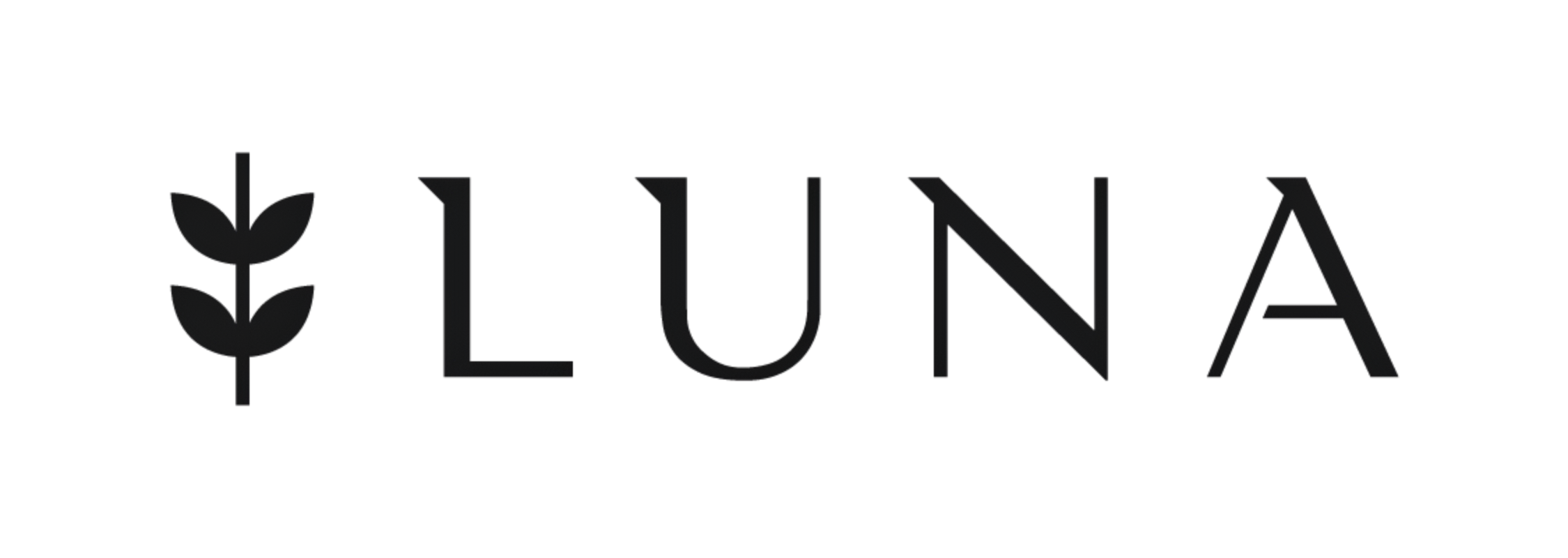As the fashion industry grapples with the challenges of sustainability and ethical production, vegan leather bags have emerged as a key player in this transformative journey. Beyond their aesthetic appeal and functional benefits, these bags signify a profound shift in consumer consciousness and industry practices. This article delves into the ethical, economic, and social dimensions of vegan leather bags, highlighting their role in shaping a more responsible fashion future.

The Ethical Imperative of Vegan Leather
Animal Welfare
The most immediate and compelling ethical advantage of vegan leather is the elimination of animal cruelty. Traditional leather production involves the slaughter of millions of animals annually, often under inhumane conditions. By choosing vegan leather, consumers can make a powerful statement against animal exploitation, supporting a fashion industry that values life and compassion.
Human Rights and Labor Practices
The leather industry is notorious for its labor practices, particularly in developing countries where workers are exposed to hazardous chemicals without adequate protection. Vegan leather, particularly those produced by socially responsible brands, often involves safer and more ethical labor practices. Brands committed to vegan leather are more likely to adhere to fair trade principles, ensuring safer working conditions and fair wages for their workers.
The Economic Impact of Vegan Leather Bags
Market Growth and Innovation
The vegan leather market has seen significant growth in recent years. According to market research, the global vegan leather market is expected to reach new heights, driven by increasing consumer demand for sustainable and cruelty-free products. This growth is fostering innovation, with companies investing in research to develop new and improved vegan leather materials.
Cost Dynamics
Vegan leather can be more cost-effective than traditional leather. The production of traditional leather involves extensive resources, including animal rearing, feed, water, and chemical treatments for tanning. Vegan leather, especially those made from synthetic or recycled materials, can reduce these costs, making fashionable, durable bags accessible to a broader audience.
Social and Environmental Benefits
Reducing Carbon Footprint
Traditional leather production is a resource-intensive process with a high carbon footprint. It involves significant greenhouse gas emissions, water usage, and chemical pollution. In contrast, many vegan leather alternatives, particularly those made from plant-based or recycled materials, have a lower environmental impact. For example, Piñatex (made from pineapple leaves) and apple leather significantly reduce waste by utilizing agricultural by-products.
Waste Reduction
Vegan leather can contribute to waste reduction in various ways. By using recycled materials such as plastic bottles or repurposing agricultural waste, vegan leather production can help mitigate the growing problem of waste management. This aligns with the principles of a circular economy, where materials are kept in use for as long as possible, reducing the overall environmental footprint.
Consumer Perspective: Conscious Choices
Growing Awareness and Demand
Today's consumers are more informed and conscious of their purchasing decisions. The rise of social media and digital platforms has facilitated greater awareness of environmental and ethical issues. This shift is reflected in the increasing demand for products that align with these values, including vegan leather bags. Consumers are actively seeking out brands that prioritize sustainability and transparency.
2. Cultural Shift Towards Minimalism
The minimalist lifestyle trend also plays a role in the popularity of vegan leather bags. Minimalism emphasizes quality over quantity, encouraging consumers to invest in well-made, sustainable products that serve multiple purposes. Vegan leather bags, known for their durability and versatility, fit perfectly within this ethos.
Challenges and Opportunities
Perception and Misconceptions
Despite its many benefits, vegan leather sometimes faces skepticism regarding its quality and longevity compared to genuine leather. However, advancements in technology are continually improving the quality of vegan leather, making it a viable alternative that can match, and sometimes surpass, traditional leather in terms of durability and aesthetics.
Regulatory and Industry Standards
As the vegan leather industry grows, establishing clear regulatory and industry standards will be crucial. This includes certification processes to ensure that products labeled as "vegan" truly adhere to cruelty-free and sustainable practices. Such standards will help build consumer trust and drive further growth in the market.
Leading the Change: Brands Making a Difference
Innovative Pioneers
Brands like Matt & Nat, Stella McCartney, and Piñatex are leading the way in vegan leather innovation. These companies are not only producing high-quality vegan leather bags but are also investing in research and development to create new materials and improve sustainability.
Collaborative Efforts
Collaborations between fashion brands, material scientists, and environmental organizations are essential for advancing the vegan leather industry. By working together, these stakeholders can address challenges, share knowledge, and accelerate the adoption of sustainable practices across the fashion industry.
The Future of Vegan Leather Bags
The future of vegan leather bags is bright, driven by technological advancements, consumer demand, and a growing commitment to ethical and sustainable practices. As more brands adopt vegan leather and more consumers embrace conscious fashion choices, the industry is poised for significant growth and transformation.
Technological Innovations
Continued innovation in materials science will lead to the development of new types of vegan leather that are even more sustainable and versatile. Lab-grown leather, for example, holds promise for creating high-quality materials with minimal environmental impact.
Mainstream Adoption
As vegan leather becomes more mainstream, we can expect to see it used in a wider range of products, from high-fashion accessories to everyday items. This broader adoption will further normalize vegan leather as a standard material in the fashion industry.
Conclusion
Vegan leather bags represent a harmonious blend of style, ethics, and sustainability. They offer a compelling alternative to traditional leather, addressing critical issues such as animal welfare, environmental impact, and labor practices. By choosing vegan leather bags, consumers can play a pivotal role in driving positive change in the fashion industry. As we move towards a more conscious and responsible future, vegan leather bags stand out as a symbol of progress and possibility.







